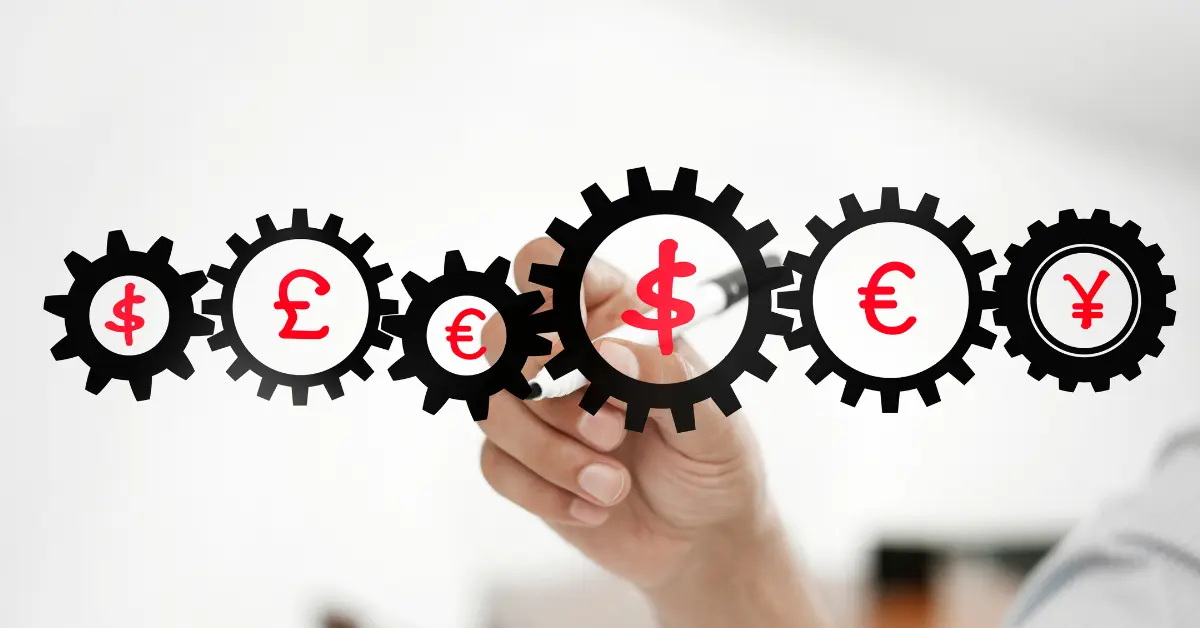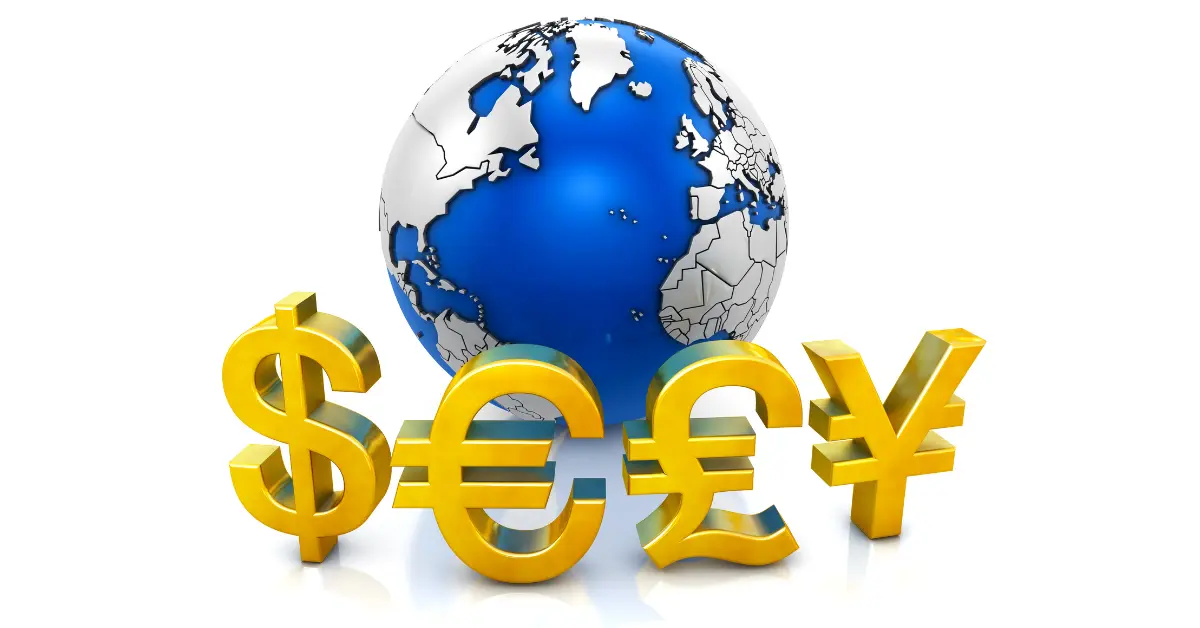




When referring to a currency unit, a currency symbol is used. The national central bank of the currency usually determines the symbol. Currency symbols are used in financial transactions, news reports, and everyday conversations. The placement of the currency symbol varies depending on the country or region. In the USA, Canada, and some other countries, the dollar sign ($) is typically placed before the amount, for example, $10. However, in other countries like Australia and New Zealand, the dollar sign is often placed after the amount, like this: 10$. It is always essential to verify the local conventions when writing about money in a particular country.
Currency symbols can have varying artistic designs, ranging from simple to complex and ornate. The design of a currency symbol is influenced by several factors, such as the country’s history and culture, the currency’s economic importance and the designers’ aesthetic preferences.
Here are some examples of the artistic design of currency symbols:
When designing a currency symbol, practicality and ease of use are just as important as aesthetics. It should be easily recognizable and distinguishable from other symbols, and simple to write and type without confusing with other symbols. The design of currency symbols is a fascinating and complex topic, as they can be considered works of art and hold significance as symbols of national identity and economic strength.
A currency code is a three-letter code representing a particular currency and is assigned by the ISO in the ISO 4217 standard. These codes are used in various contexts, including financial transactions, news reports, and software applications.
Typically, the first letter of a currency code reflects the first letter of the country’s name in English. For instance, the currency code for the United States dollar is USD, where “U” stands for “United” and “S” stands for “States”. Meanwhile, the second and third letters are unique and memorable, such as the currency code for the euro, which is EUR. The letter “E” represents “Europe” while “U” stands for “union”.
Each currency has a unique three-digit numeric code and the three-letter code that defines it. Typically, the numeric code for a currency matches the ISO 3166-1 alpha-2 country code used by the country that uses the currency. For instance, the United States dollar’s numeric code is 840, equivalent to the ISO 3166-1 alpha-2 country code for the United States (US).
When communicating and engaging in international commerce, currency codes are crucial tools. They prevent any misunderstandings about which currency is being discussed. Additionally, currency codes determine exchange rates, establishing the value at which one currency can be traded for another.
Here are some examples of currency codes:
|
Feature
|
Currency Symbol
|
Currency Code
|
|---|---|---|
|
Purpose
|
Represents a currency
|
Identifies a currency
|
|
Format
|
Graphic symbol
|
Three-letter code
|
|
Usage
|
Everyday speech and writing, financial transactions, news reports
|
Financial transactions, news reports, software applications
|
|
Currency
|
Currency Symbol
|
Currency Code
|
|---|---|---|
|
United States dollar
|
$
|
USD
|
|
Euro
|
€
|
EUR
|
|
British pound sterling
|
£
|
GBP
|
|
Japanese yen
|
¥
|
JPY
|
|
Chinese yuan
|
¥
|
CNY
|
|
Indian rupee
|
₹
|
INR
|
|
Australian dollar
|
$
|
AUD
|
|
Canadian dollar
|
$
|
CAD
|
|
Brazilian real
|
R$
|
BRL
|
|
Russian ruble
|
₽
|
RUB
|
Here are some of the most common currency symbols:
Informal names that refer to currencies are known as currency nicknames. These names can be derived from the currency’s name, symbol, or history.
Here are some examples of currency nicknames:
The names of currencies can change over time depending on the country or region. An example is the British pound sterling, which used to be referred to as both the “shilling” and the “pound”. Using currency nicknames can be an enjoyable way to refer to different currencies. Furthermore, it can help prevent confusion, particularly when multiple currencies have similar names.
When you need to exchange your currency for another one, getting the best rates is essential. There are many different currency exchange businesses that you can consult, but not all of them offer the same rates.
It would help if you chose Unimoni for the best currency exchange service. Here are a few of them:
Unimoni India is a pioneer in Money Transfer, Foreign Currency Exchange, Send Money Abroad, Inward remittance, Gold Loans, Insurance, Travel and tour Services and more. We serve you at 300+ branches across India. For more queries, please visit the nearest Unimoni branch.




